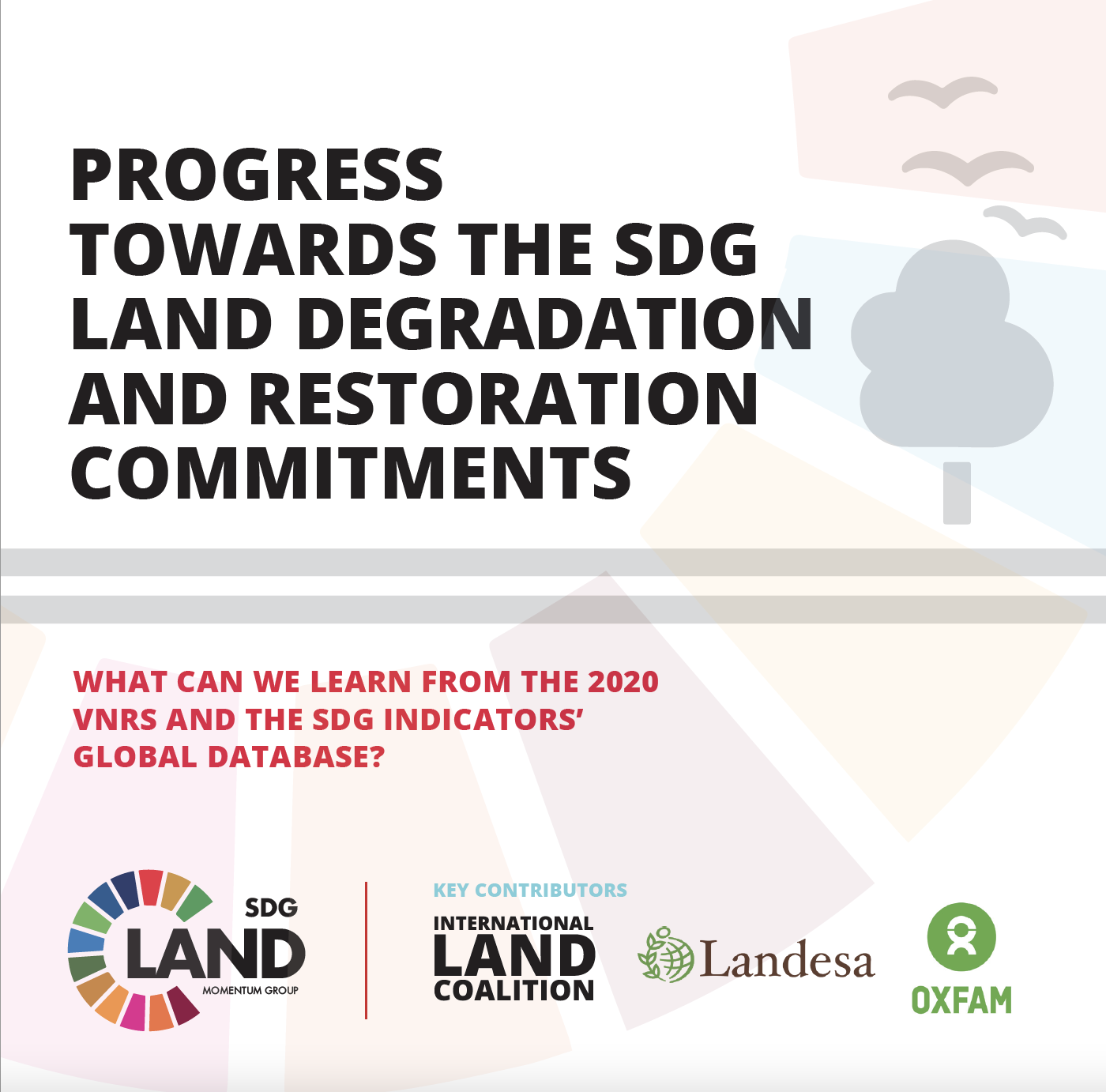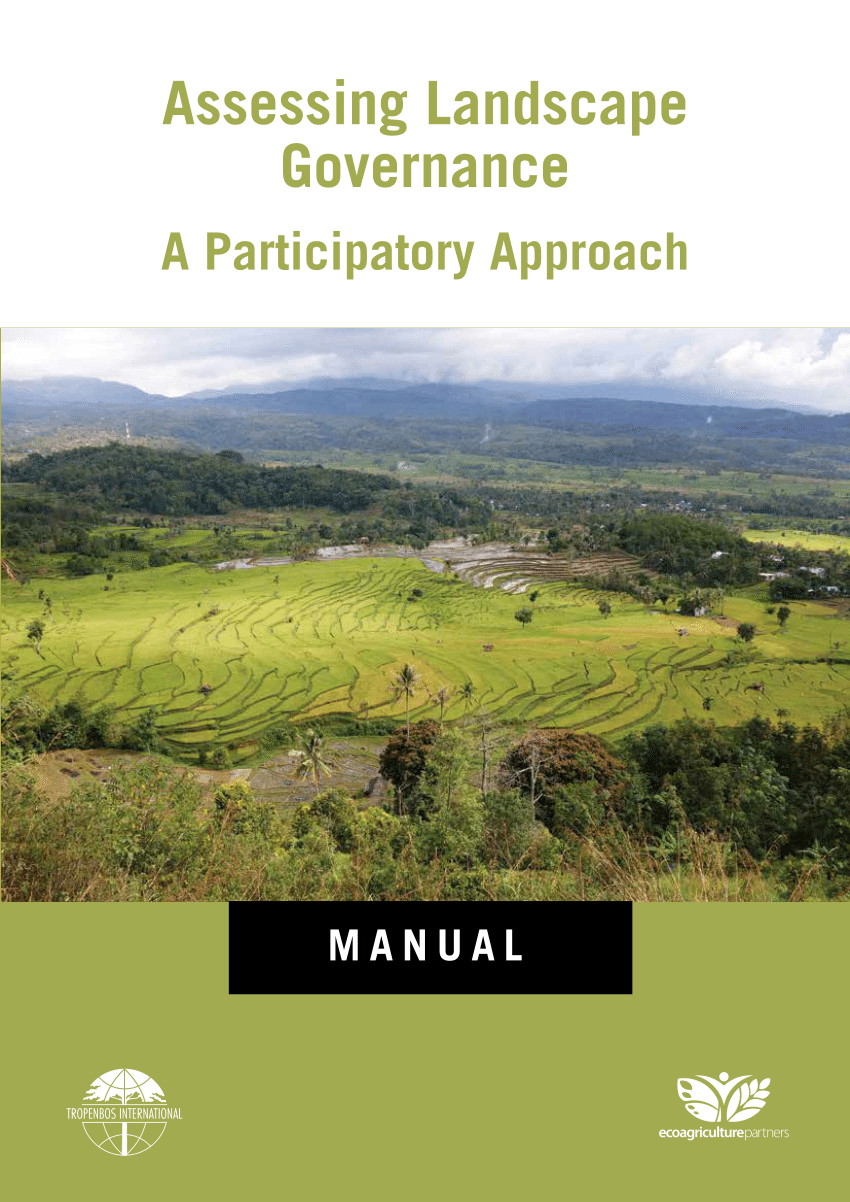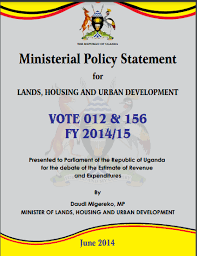Innovation platforms : a tool for scaling up sustainable land management innovations in the highlands of Eastern Uganda
Scaling up is not just about technology transfer but a critical understanding of the needs and visions of farmers as well. Despite the success of pilot projects for Integrated Natural Resource Management implemented in the study area, effect and uptake of the pilot tested innovations have been insignificant. This study assesses implications of adopting Innovative Platforms (IP) as a means of accelerating uptake and utilization of sustainable land management (SLM) technologies in the highlands of eastern Uganda.










